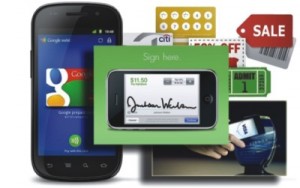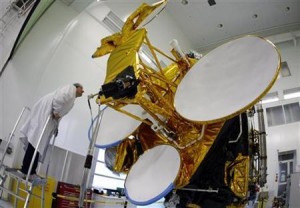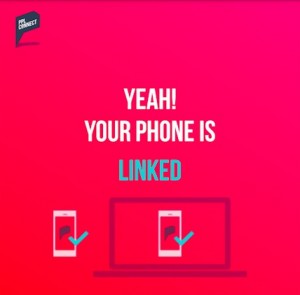 Will the smartphone do for retailing what it did for photography?
Will the smartphone do for retailing what it did for photography?
Like a recession, we never quite see a tipping point when it happens. Tech seems to alter behavior in unpredictable ways. But, in fact, tech makes it possible to form the habits we unknowingly crave. We love TV, but we’re walking away from the TV set. We still make calls at home, but have abandoned land lines. You used to carry a point-and-shoot camera, and you still do but now it’s in your smartphone.
Google’s full-throttled entry into the mobile payments space last week removed any doubt that this is the make-or-break year for the digital wallet. Google is backing a technology called Near Field Communication (NFC), which will require a new chip in smartphones. This tech has been around for a while, deployed in payment dongles and proximity credit cards, but there now seems to be critical mass for handset makers to include it in the next generation of phones.
Google’s Android mobile phone software powers about 1/3 of the world’s smartphones, and it’s growing fast. Another quarter comes form Apple, which has been mum on NFC but is expected to get on board. (Apple controls both the hardware and software for the iPhone.)
The reason the credit card hasn’t changed one bit since Diner’s Club invented it 60 years ago (from the consumer’s perspective) is because it hasn’t had to. It does exactly what we want, with minimal friction.
But there is room for improvement. We are prodded to carry many cards, not only to pay on credit but to take advantage of those omnipresent loyalty programs that reward us on a store-by-store basis, cluttering our wallets.
Plastic is inherently insecure, because it carries all the information hackers need to clone it.
And, most of all, the card itself had become nothing more than a delivery system for e-data only people of a certain age, or customers of some quaint car services, know that the raised numbers on a charge “plate” are there to make an indentation on triplicate, carbon-copy credit slips using a mechanical machine with a roller.
So, just as bundling a powerful camera in your smartphone created an explosion of serendipitous creativity the perfect answer to the photographer’s Zen-like advice that the best camera is the one you have with you putting your credit card in there is also obvious, and will be just as game changing.
Many things that are good and possible haven’t coalesced because of arguments over standards or franchises or profit-sharing look at what is still going on in Hollywood vis-a-vis the technically trivial proposition of delivering live TV over the Internet. But this will happen precisely because the digital wallet involves many entrenched players, all promoting their own interests, with certain knowledge that disrupters like Google and Apple and PayPal can eat their lunch if they do nothing.
None of which matters unless consumers are compelled to change their habits that is, develop the new habit they didn’t know they wanted.
And we could not have reached this decision point were it not for the smartphone it’s not the convenience of waving a card as opposed to swiping a card that is compelling, it’s the prospect of living in a card-free world as Forrest Gump would put it, one less thing. It is the prospect of extending the usefulness of that one thing you are never without to make payment choices with a single gesture: imagine an app that uses the appropriate debit or charge or credit or loyalty card based on rules you’ve decided in advance.
Google is the biggest and latest non-traditional entrant to the field, and its decision to get into the game might denote that things just got serious. The other 800-pound gorilla is PayPal, which immediately sued two former employees who were key in developing Google Wallet, and has been making it easier for small fries to sell small fries (and everything else) without getting tied up with expensive credit fulfillment relationships since the ’90s. And Square, the brainchild of Twitter co-founder Jack Dorsey, is now processing $3 million a day for vendors (like me, even) who plug a tiny card swipe device into their iPhones or Androids.
In this game, everybody wins: People will spend more they always do, when it’s easier. Starbucks has an app which uses simple barcode technology to scan in a payment. It went national in January with what is probably still the nation’s biggest mobile payment program. They took in $1.5 billion on Starbucks Cards in 2010, a 21 percent increase over the previous year, and the vast majority of their customers own smartphones. Do the math.
Google will tap into a sustainable new revenue stream, which it needs in order to diversify from their ad business, which still accounts for nearly 100% of what they make. Apple will give its legions of iTunes customers an easier way to pay for things besides music and movies. The Visas and American Expresses and Discovers will get the lion’s share, if they keep pace with innovation.
They only loser is “that guy” who never seems to have his wallet when its time to pay for that group dinner and will get you “next time.” You know the one who’s been texting all night, which means he is suddenly prepared to pay in full on the spot.
Source: Reuters




































